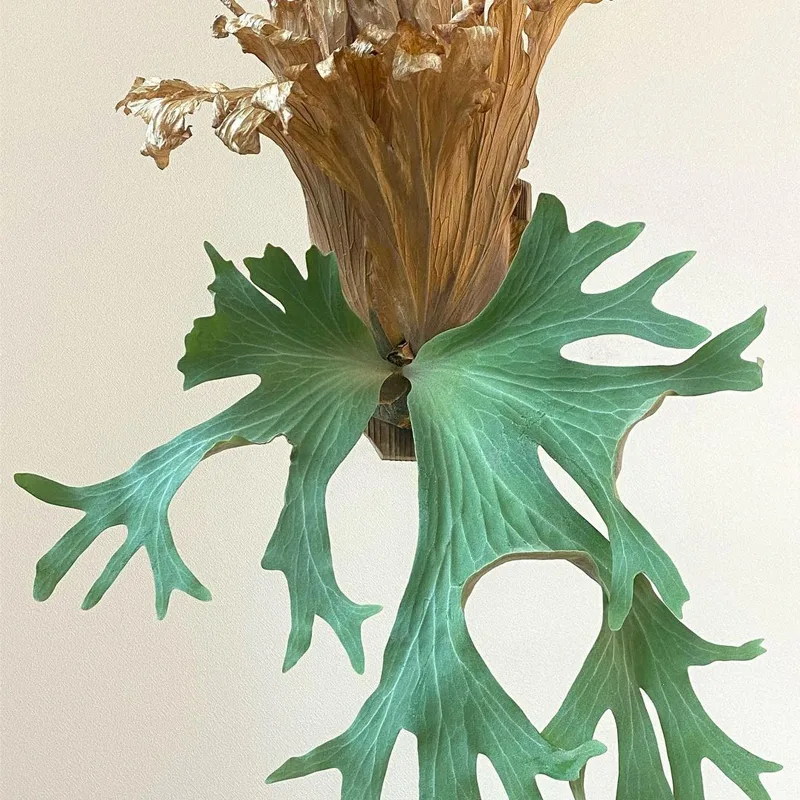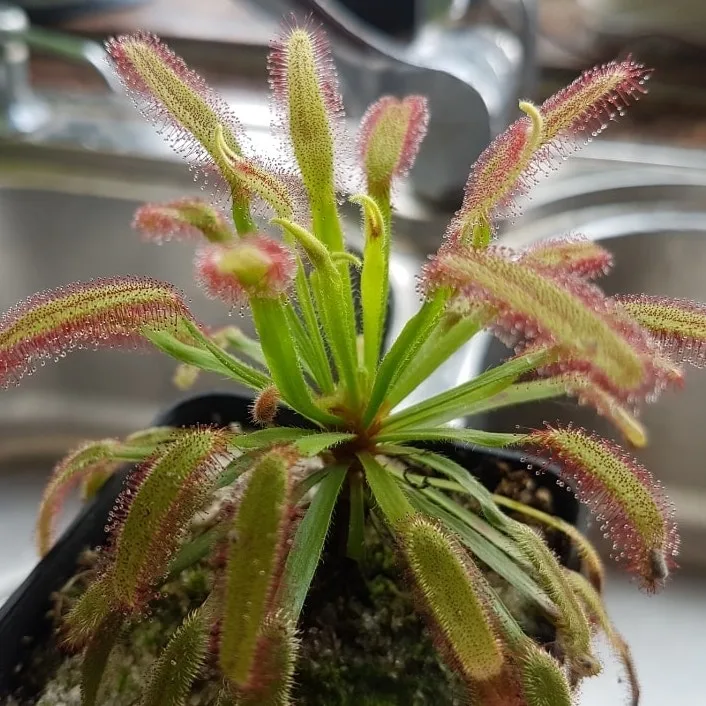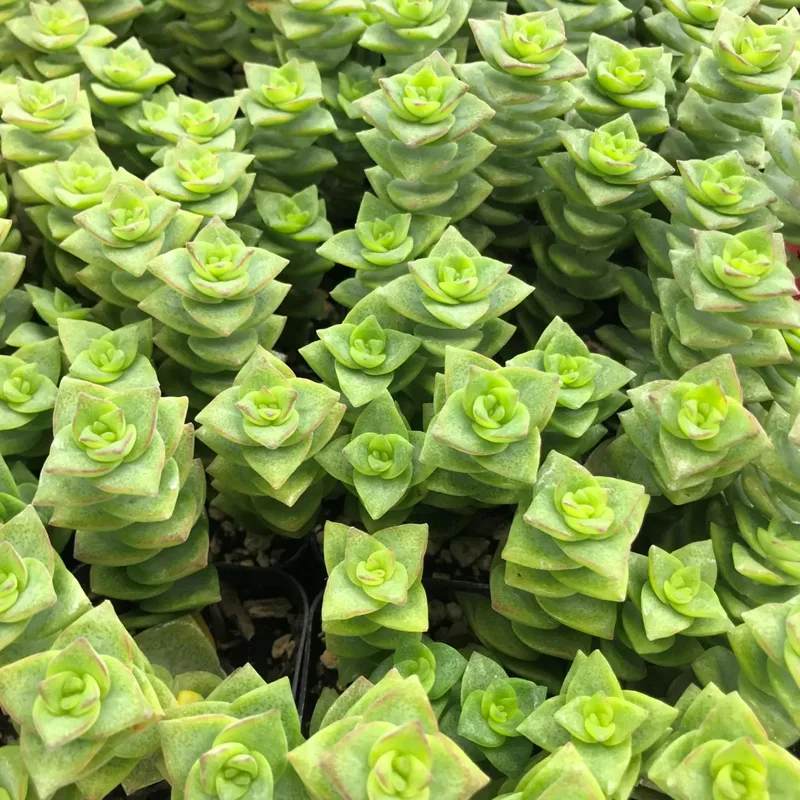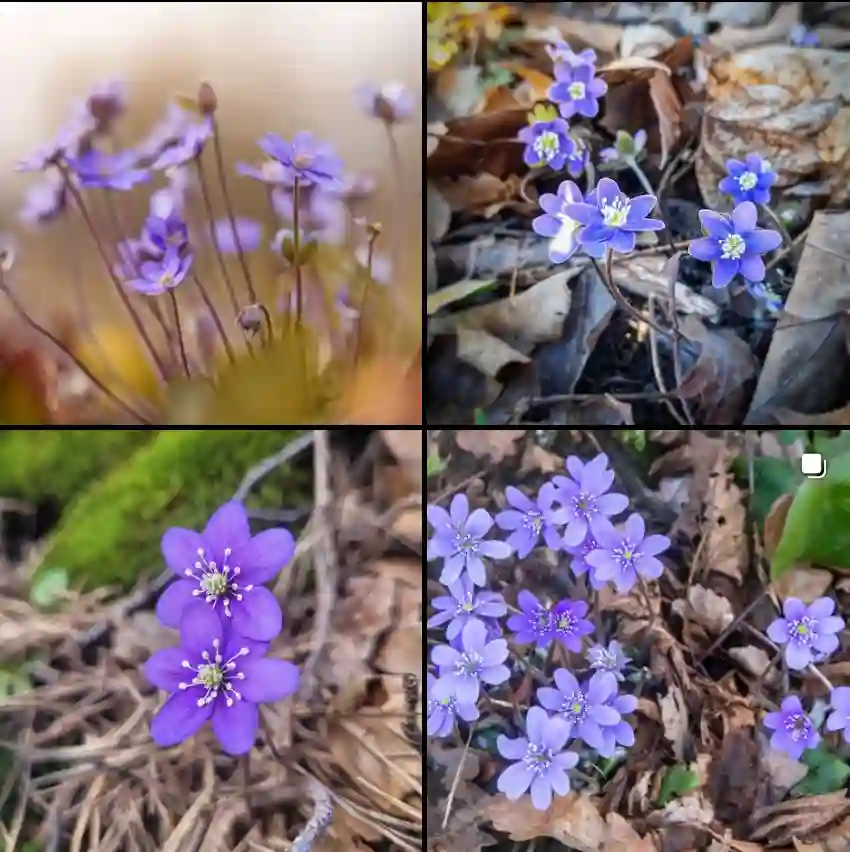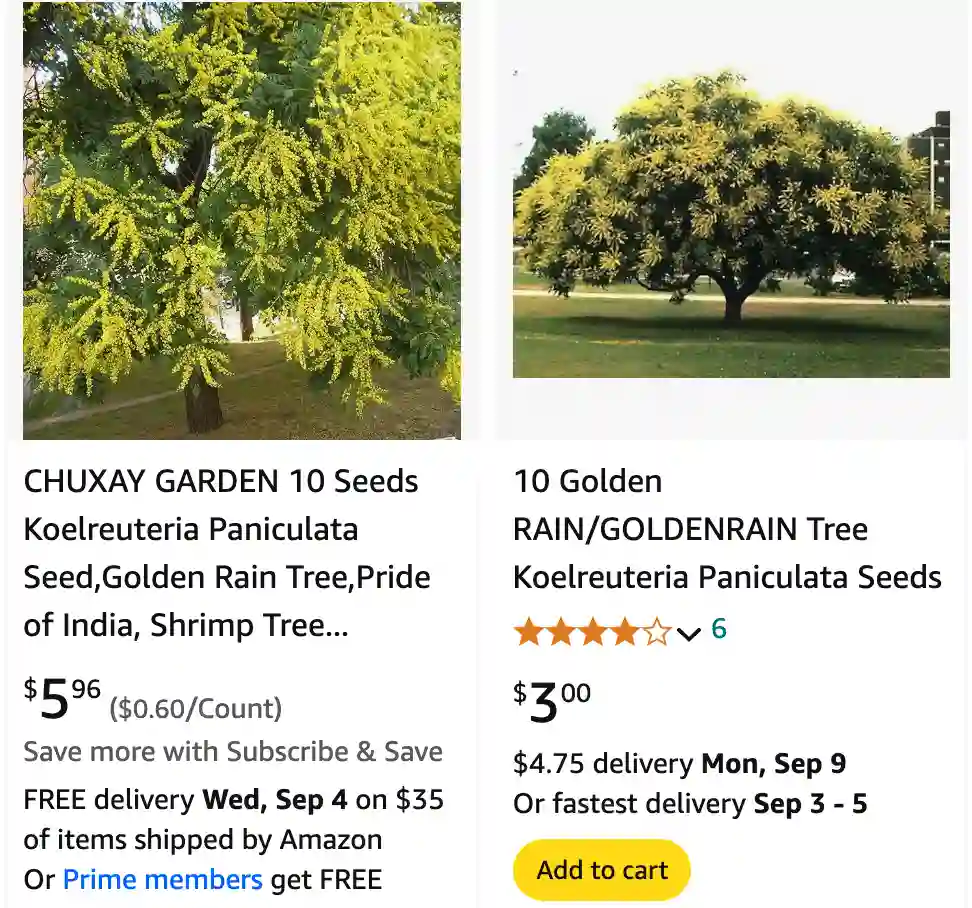
Koelreuteria Paniculata FAQs: Everything You Need to Know
As someone who’s always been fascinated by unique plants, I’ve had my share of experiences with Koelreuteria Paniculata, commonly known as the Golden Rain Tree. This plant belong to the Sapindaceae family, is not only eye-catching with its vibrant yellow flowers but also comes with its own set of questions and quirks. If you’re considering adding Koelreuteria Paniculata to your garden or just curious about it, here’s a comprehensive guide based on my own experiences and research.
Plant Family: 143 Genera in Sapindaceae – Soapberry Family
How Hard Are the Seeds of Koelreuteria Paniculata?
When it comes to the seeds of Koelreuteria Paniculata, they are surprisingly hard. This hardness is a natural defense mechanism to protect the seed during dispersal and dormancy. To successfully germinate these seeds, you’ll need to use a technique called scarification. This involves nicking or sanding the seed coat to help water penetrate and stimulate germination. From my experience, using a fine-grit sandpaper to lightly abrade the seed coat works well. Just be careful not to damage the seed itself.
How to Drill Koelreuteria Paniculata Seed?
Drilling the seeds of Koelreuteria Paniculata might sound intense, but it’s a common method for breaking through the tough seed coat. If you’re opting for this method, here’s a step-by-step approach:
- Select a Drill Bit: Use a very small drill bit, around 1/16 inch or less.
- Prepare the Seed: Place the seed on a firm surface.
- Drill Carefully: Gently drill into the seed coat, being cautious not to drill too deep. Just create a small hole.
- Sow Immediately: After drilling, sow the seed in well-draining soil and keep it moist.
Drilling can be effective, but it requires precision. I’ve found that scarification is usually sufficient for most seeds, but drilling is an option if you’re dealing with particularly stubborn seeds.
Is Koelreuteria Paniculata Poisonous?
Koelreuteria Paniculata is generally not considered poisonous to humans or pets. However, as with many plants, ingestion of large quantities of any plant material could potentially cause digestive upset. It’s always wise to keep plants out of reach of young children and pets, especially if they tend to chew on plants. While the Golden Rain Tree isn’t known for toxicity, it’s always better to be cautious.
Koelreuteria Paniculata vs Bipinnata
When comparing Koelreuteria Paniculata with its cousin, Koelreuteria Bipinnata, several differences stand out:
- Appearance: Koelreuteria Paniculata typically features larger clusters of yellow flowers and has a more pronounced golden hue. In contrast, Koelreuteria Bipinnata has finer, more delicate foliage and smaller flower clusters.
- Growth Habit: Koelreuteria Paniculata tends to be a larger, more rounded tree, while Koelreuteria Bipinnata is often more compact and has a more upright growth habit.
- Fruit: The fruit of Koelreuteria Paniculata is a distinctive papery, lantern-like capsule, whereas Koelreuteria Bipinnata produces smaller, less conspicuous capsules.
In my garden, I’ve found that Koelreuteria Paniculata’s vibrant flowers and striking seed capsules make it a standout choice, but Koelreuteria Bipinnata has its own charm with its refined appearance.
How to Care for Koelreuteria Paniculata?
Caring for Koelreuteria Paniculata is relatively straightforward. Here’s a quick guide:
- Sunlight: This tree thrives in full sun. Plant it in a location where it will receive at least 6 hours of sunlight daily.
- Soil: It prefers well-draining soil. While it’s tolerant of various soil types, avoid waterlogged conditions.
- Watering: Regular watering is essential, especially during dry periods. However, avoid overwatering, as this can lead to root rot.
- Pruning: Prune the tree to maintain its shape and remove any dead or damaged branches.
In my experience, Koelreuteria Paniculata is quite hardy and forgiving, making it a great addition to most gardens.
How to Propagate Koelreuteria Paniculata?
Propagation of Koelreuteria Paniculata can be done through seeds or cuttings:
- Seeds: Follow the scarification or drilling method mentioned earlier to prepare the seeds. Sow them in a seed tray with well-draining soil and keep them warm and moist.
- Cuttings: Taking semi-hardwood cuttings during the growing season and rooting them in a hormone-treated rooting medium can also be effective.
Propagation can be a bit of a waiting game, but with patience and proper care, you can grow new trees from seeds or cuttings.
What to Plant With Koelreuteria Paniculata?
Koelreuteria Paniculata pairs well with a variety of other plants. Here are some suggestions:
- Ornamental Grasses: The contrast of feathery grasses with the bold foliage of Koelreuteria Paniculata can create a visually appealing landscape.
- Flowering Perennials: Plants like coneflowers or daylilies complement the tree’s bright blooms and add color throughout the growing season.
- Evergreens: Evergreen shrubs or trees can provide a backdrop to highlight the Golden Rain Tree’s seasonal changes.
From my observations, combining Koelreuteria Paniculata with other vibrant plants can create a dynamic and colorful garden setting.
Can You Grow Koelreuteria Paniculata Indoors?
Growing Koelreuteria Paniculata indoors is challenging due to its size and light requirements. While it’s possible to start the tree indoors from seeds or cuttings, it generally requires a lot of space and natural light to thrive. For most people, it’s best suited for outdoor gardens where it can reach its full potential.
Benefits of Koelreuteria Paniculata
The Golden Rain Tree offers several benefits:
- Aesthetic Appeal: Its bright yellow flowers and distinctive seed capsules add beauty and interest to any garden.
- Shade: As a deciduous tree, it provides ample shade during the summer months.
- Low Maintenance: Once established, it requires minimal care and is fairly resistant to pests and diseases.
In my experience, Koelreuteria Paniculata has been a delightful and rewarding tree to grow, bringing vibrant color and a touch of elegance to my garden.
Common Problems
Despite its hardy nature, Koelreuteria Paniculata can face a few issues:
- Pests: Occasionally, it may attract pests like aphids or scale insects. Regular inspection and treatment can help manage these problems.
- Diseases: Root rot and leaf spot diseases can occur if the tree is planted in poorly drained soil.
In my garden, monitoring and timely intervention have been key to keeping these issues in check.
By understanding these aspects of Koelreuteria Paniculata, you can better appreciate its unique characteristics and ensure it thrives in your garden. Whether you’re planting it for its beauty or its functional benefits, this tree is a wonderful addition to any landscape.
If i die, water my plants!
